There is magic in postage stamps! You can travel around the world without leaving your seat. Meet important people. Learn exotic plants and animals, know different languages…and many more. All these can be yours in stamp collecting.
If you want to become a young stamp collector, this awesome stamp collecting guide is just for you.
And remember, this pastime is not only for kids. Parents can learn a lot about philately, too. Enjoy bonding time with your child as you discover the colorful world of postage stamp collecting.
What do you call a stamp collector?
The other name for stamp collecting is philately (fill-lat-tell-lee). That is why, a stamp collectors is also called a philatelist (fill-lat-tell-list).
There are many kinds of philately. Aside from stamps, others collect post cards, and envelopes called postal stationery.
Collecting stamps according to the theme or subject on the stamp design is called topical stamp collecting. Stamp collecting for kids is sometimes called youth philately.
What are the stamps to collect?
Like there are many colors in a rainbow, there are also lots of postage stamps to collect. New stamp collectors should keep these in mind:
Regular stamps
Regular issue stamps are the ones that you usually see on envelopes. These stamps are also called definitive stamps and they are used to pay regular mail.
Commemorative stamps
The commem stamps are bigger than the definitive stamps. These stamps are made so we can remember important people and special events. Commemorative postage stamps are issued for only a short time.
Special stamps
Holiday stamps are postage stamps that are made during special occasions every year. Examples of these stamps are Love stamps during Valentines and the Christmas stamps every Yuletide season.
How do I start a stamp collection?
Here are the ways to start stamp collecting. You can choose from any one of them so you can let your stamp collection grow.
1) Start saving the stamps from the envelopes that you receive in the mail.
Hunting for a postage stamp is the most thrilling part when you begin stamp collecting. You can ask your parents and your neighbors for their old letter envelopes.
If you want to find old stamps, try rummaging through your grandfather’s old mail. You might be lucky enough to find vintage stamps. Did you know that the value of old postage stamps increases through time?
2) Buy used postage stamps in bulk from charities
Some people have plenty of stamps but they do not want to collect them. So they donate their stamps to nuns and organizations who sell recycled stamps. These stamps are known as kiloware.
Tell mom and dad to drive you over to the next stamp charity event organized by your church. There, you can buy used postage stamps by bulk.
Every bag of postage stamps holds a surprise. Who knows, a kid philatelist like you might even end up with a rare postage stamp.
3) Get a stamp collecting kit.
Just like what mom always says, “good things come in small packages.”
New stamp collectors should have little helpers. A stamp collecting starter set is already complete with a beginners stamp collecting guide book, stamp tools, and a set of postage stamps for kids.
The oil and sweat from your fingers are harmful to your stamps, so you need stamp tongs to pick up your postage stamps. A magnifying lens let you see the tiny details of the stamp design.
4) Buy postage stamps online
You can find millions of stamps for sale in the internet. Take out your piggy bank and ask mom or dad to order stamps online.
But being a new stamp collector, do not go for stamps that are way too expensive. A rule of thumb in beginner philately is to have stamps that are just within your budget.
As your collection grows, you will soon be ready to invest in postage stamps like the famous philatelists of all time.
5) Make a stamp want list
Another cool thing about philately is that you can do a stamp collectors exchange list. You list down all the stamps you want to have in a “stamp want list” and the stamps you are willing to swap with other philatelists.
It’s easy and fun. You can try it now at the stamp classifieds. Click on the “place you own free ads” link, fill out the form, and wait for a reply.
But remember to tell mom and dad who you are chatting with over the internet. Unless you have someone older with you, never meet with a stranger even if he or she asks you to exchange stamps.
How to remove used stamps from envelopes?
Postage stamps are attached on the envelope with a special kind of glue called a stamp gum. Here is a tip for an amateur philatelist on how to take stamps off the paper:
1) Let an adult help you cut around the postage stamps.
Be careful not to cut very near the stamp or else you might tear it when you peel it off.
2) Lay each stamp, picture-side up, in a bowl of warm water.
Only the envelope paper should touch the water. Just allow the paper to float for a few minutes so that the stamp gum will separate easily.
3) Gently peel off the stamps from the envelope paper.
You can avoid tearing your stamps by using stamp tongs or tweezers. Damp stamps are very delicate so you have to be careful not to damage them.
4) Put the stamps on a flat surface and cover them with a heavy book.
Try using a thick book like a phone book. When the damp stamp dries, it curls up like bacon. The weigh of the book will prevent the stamp from crinkling.

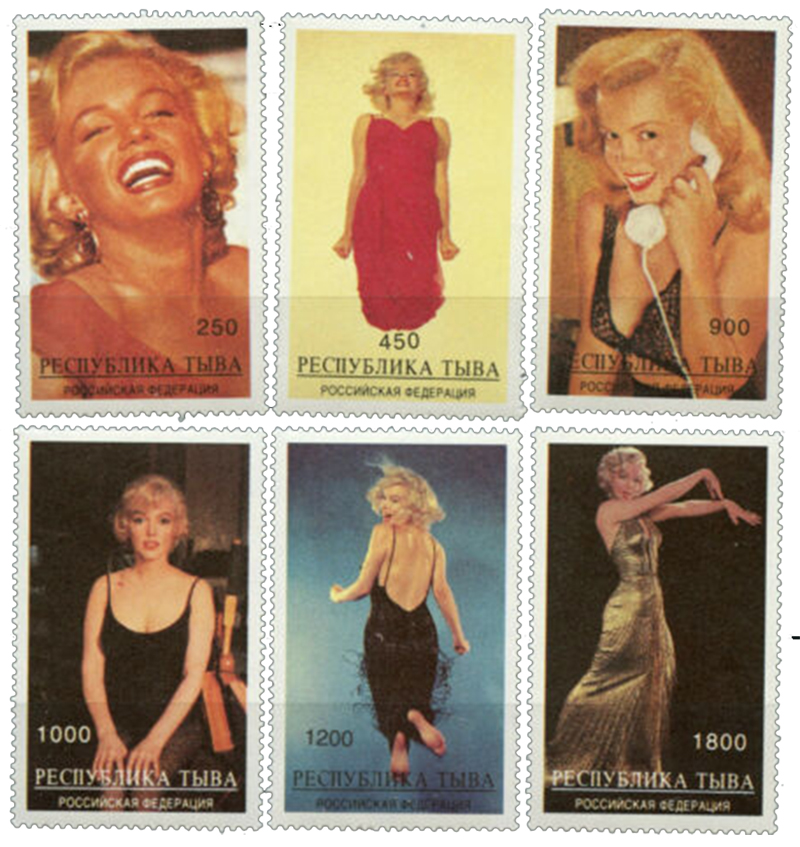
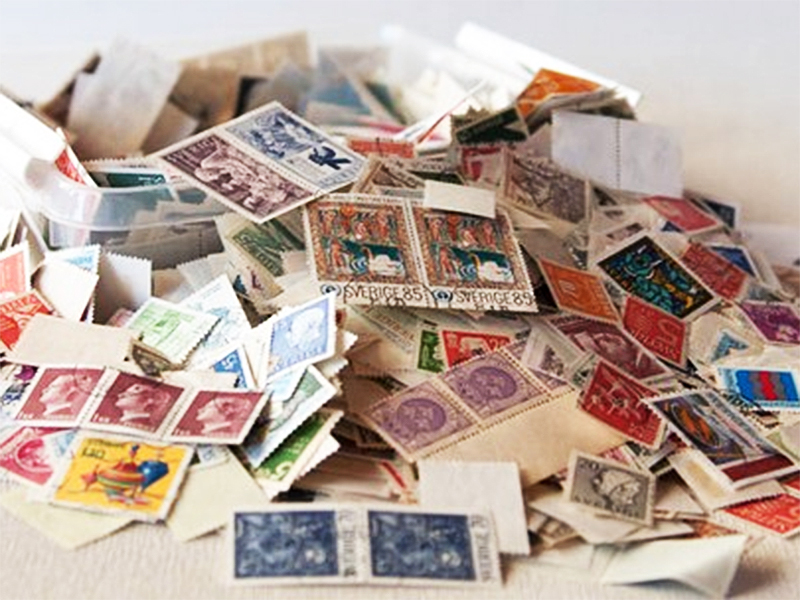
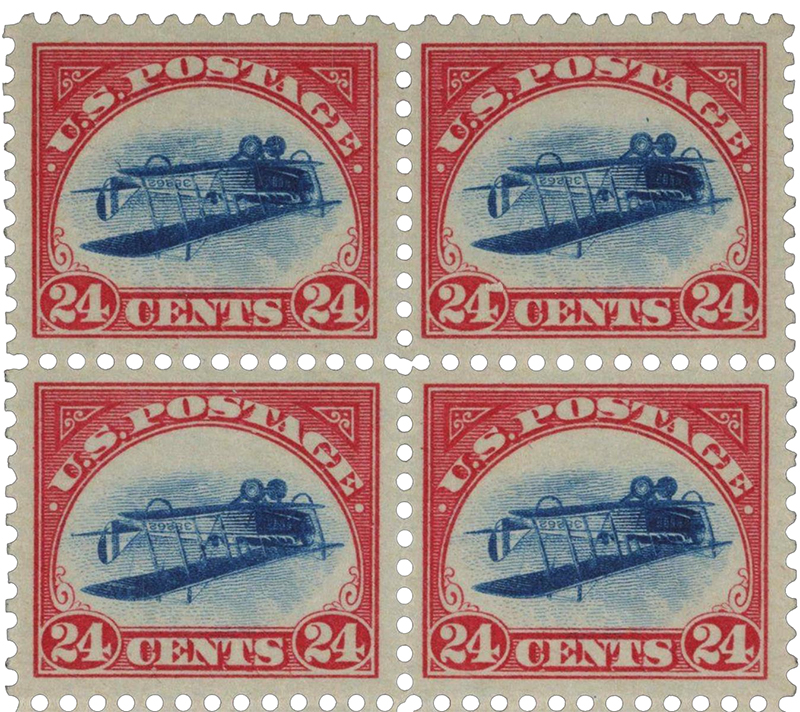
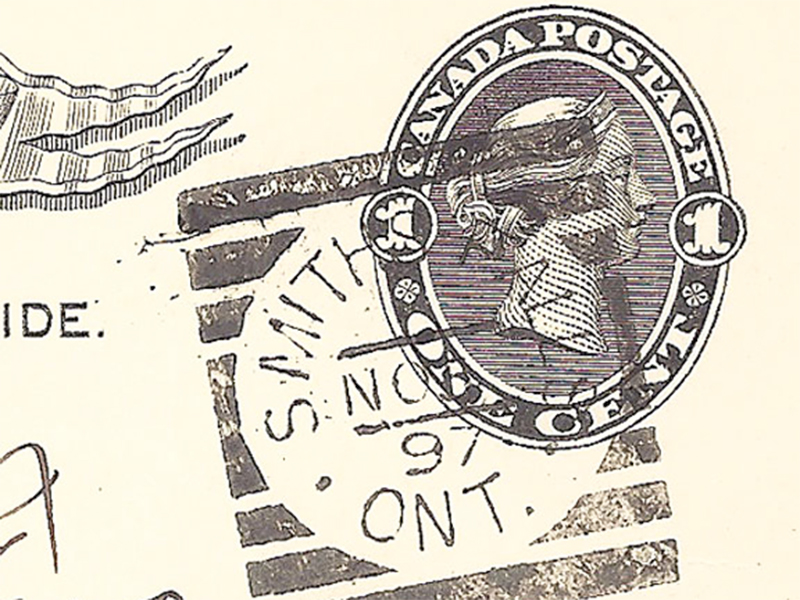
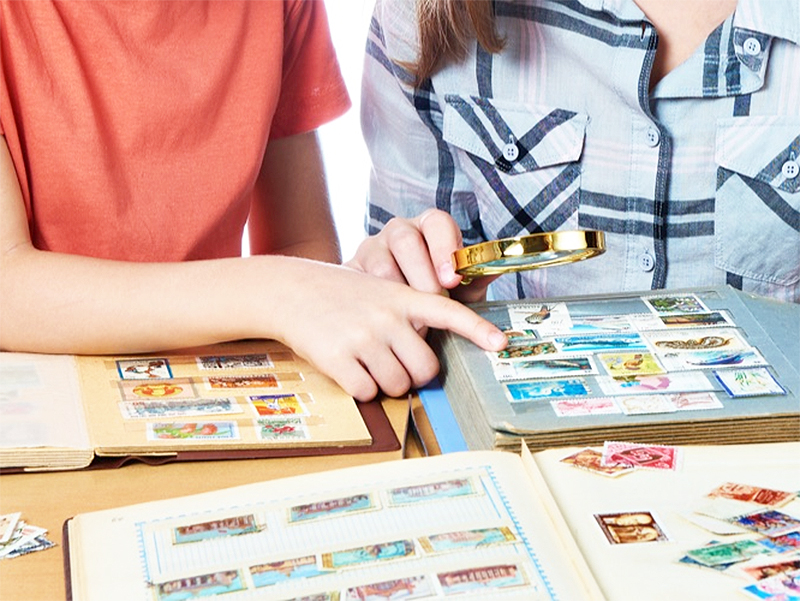
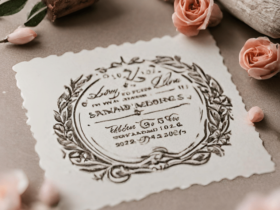



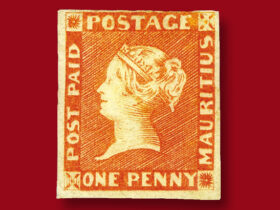
Leave a Reply